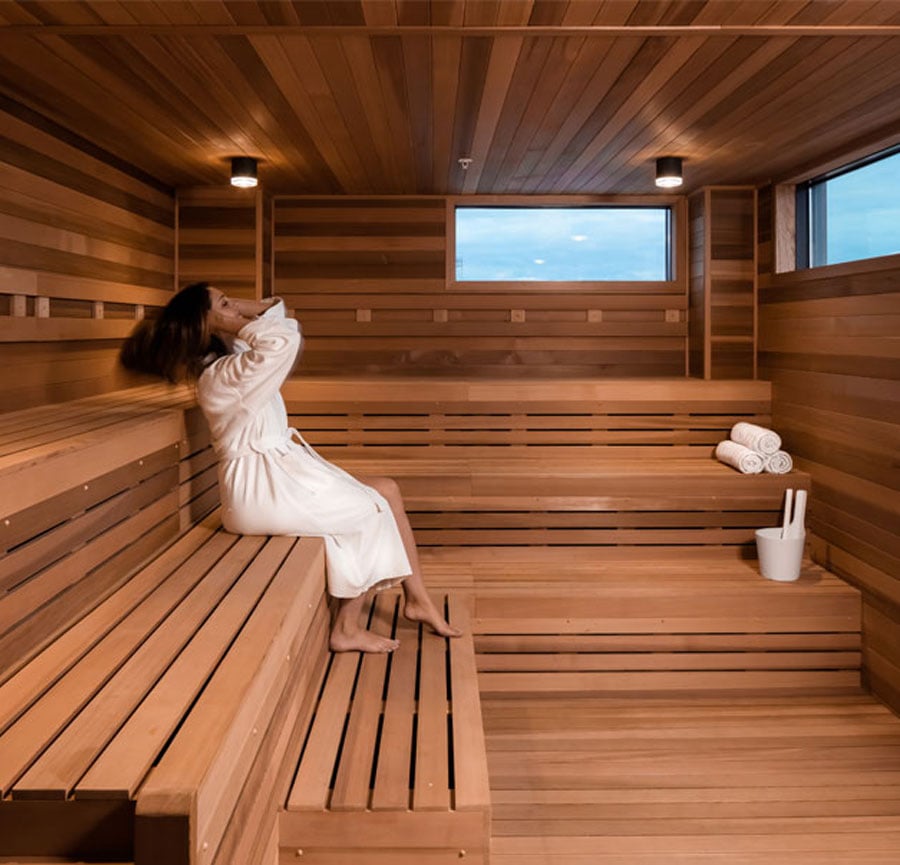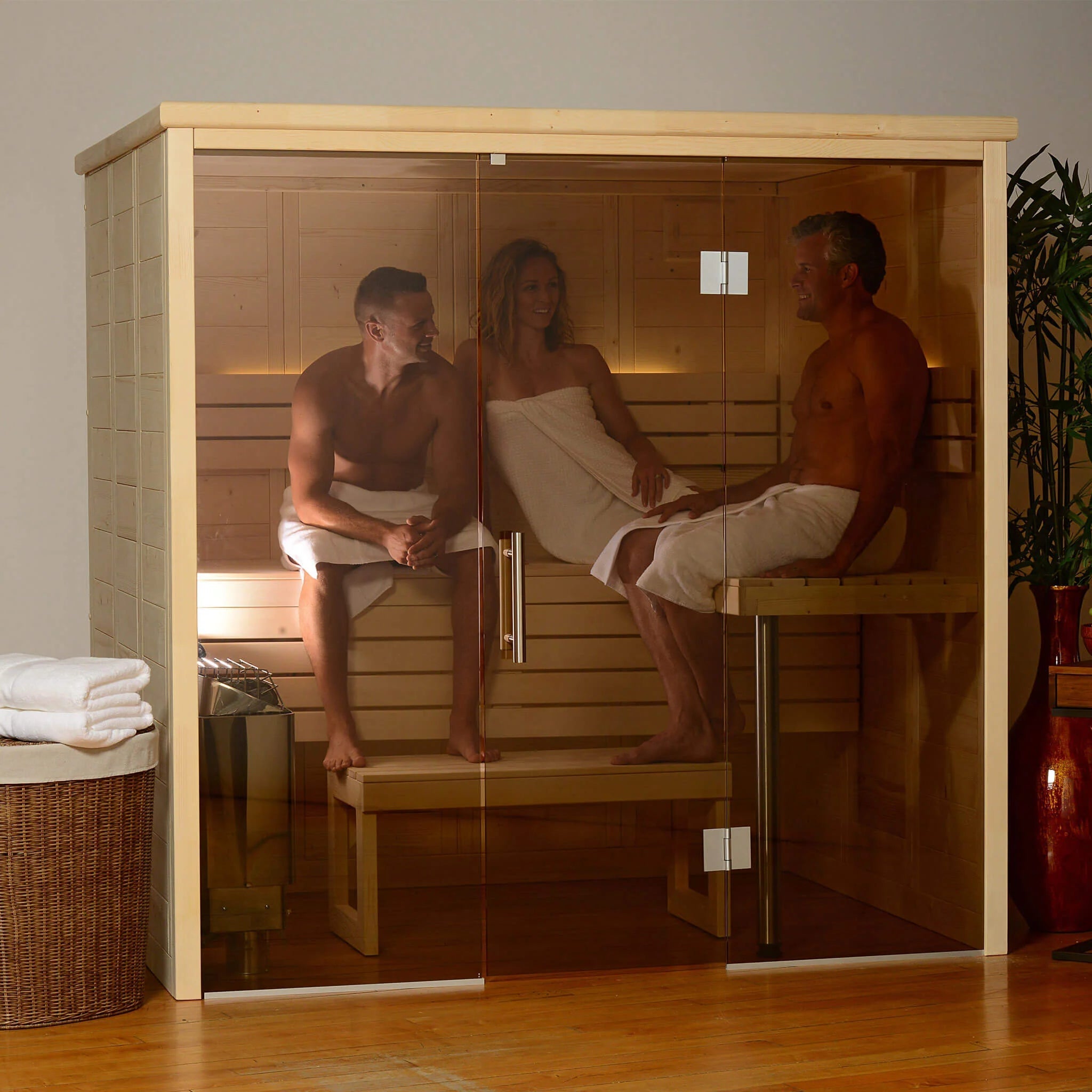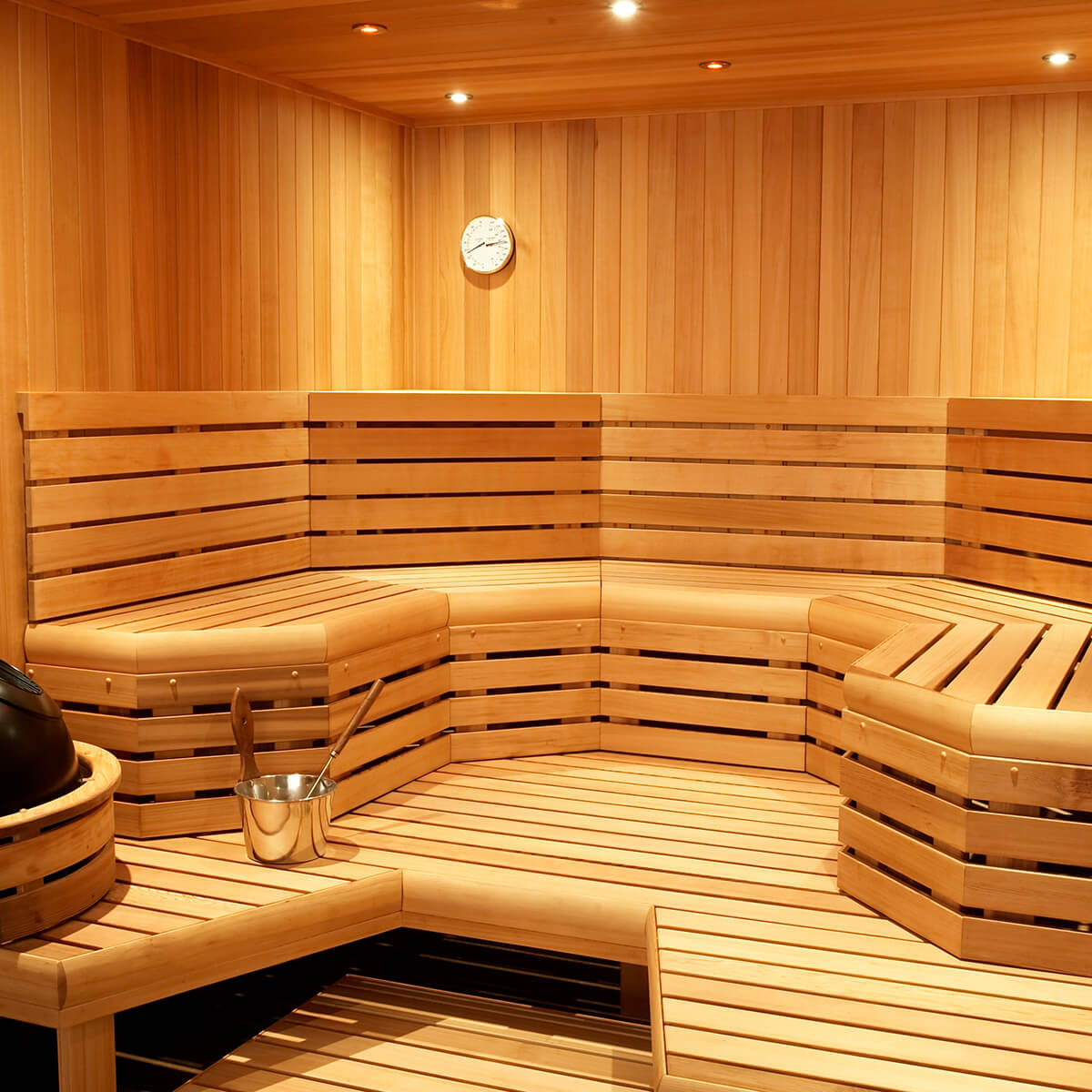Some Known Questions About Traditional Sauna.
Some Known Questions About Traditional Sauna.
Blog Article
Traditional Sauna Things To Know Before You Get This
Table of ContentsTraditional Sauna Fundamentals ExplainedGetting The Traditional Sauna To WorkThe Main Principles Of Traditional Sauna Fascination About Traditional SaunaThe 6-Second Trick For Traditional Sauna
Many of the weight shed in a sauna is water loss and is re-gained upon rehydrating. Nevertheless, without a doubt sauna can be a vital part of a healthy weight-loss program. To look at the differences between conventional and IR saunas, I will separate these into proven, academic, and produced distinctions.Therefore, the most popular factor in the saunawhich is at the ceiling straight over the sauna heateris normally in between 185 and 190 F. Claims that a traditional sauna surpasses 200 F is merely not real and not suitable for electrical saunas marketed in the United States. The temperature level for a far-infrared sauna is typically set in between 120 and 140 F; nevertheless, unlike the typical sauna, the objective in and IR space is not to attain a high temperature.

When a traditional sauna has actually been properly heated, the sauna walls are warm, the air temperature has accomplished set temperature and the rocks are super warmed. As an interesting side note, the heated walls and the rocks are emitting far-infrared warmth, incorporated with the heated air, to develop an "covering heat".
The Only Guide for Traditional Sauna
When the high temperature is achieved, the components cycle on and off to preserve the heat. Most traditional sauna individuals take pleasure in pouring water over the rocks to develop vapor to raise sauna humidity levels. The advantages of pouring water over the rocks include: making the space much more comfy, moistening the nasal passages, and enabling the usage of aromatherapy by blending crucial oils with the water.

When the energy gets in the body, it triggers the body temperature level to enhance and eventually results in sweat. In an infrared sauna it's essential for the emitters/heaters to remain on practically frequently. Considering that news there is no mass of rocks to keep warmth, the sauna will certainly cool if the emitters turned off.
The Ultimate Guide To Traditional Sauna
As discussed above, the sauna bather in an infrared area intends to place himself before operating emitters to obtain optimal gain from the warmth. The heating time for the 2 areas can be very different, depending upon exactly how the rooms are utilized. For a conventional sauna, a bather needs to enable 30-40 mins for the space to accomplish a desired temperature level and to effectively pre-heat the rocks.

A well built sauna will normally accomplish a temperature of 150-160 F in concerning 30-40 minutes. For hotter temperature levels, the area might require to warmth for a longer duration.
To some, 15 mins was "wasted" while the infrared power heated the wood panels as opposed to heating up a body, while others locate a pre-heated space to be a lot more comfortable and believe a raised beginning temperature is necessary to start perspiring. The length of advised usage for every area is around basics the very same (10-15 minutes per session); nevertheless, due to the lower air temperature levels and the capacity to really feel the impacts of infrared heat faster than a typical sauna, it is not unusual for an individual to spend an overall of 20-30 minutes in an infrared sauna.
Some Ideas on Traditional Sauna You Should Know

The typical cost per kWH of electricity in the U.S. is about $0.11, so a 4.5 kW heating system will certainly cost around $.50 to compete one hour, if the heating system runs continually for one hour. Commonly a sauna heater will certainly compete 75% of the very first hour and 50% of subsequent hours on considering that the components cycle once the set temperature level is accomplished.
A two person far-infrared space is usually physically smaller sized than a conventional sauna, often regarding 4' x 4' or smaller. The IR heater is normally 1.5-1.7 kW making use of a 120 volt 15 amp plug-in solution. Given that the area can be made use of earlier than a sauna room, we will think the space is utilized for to of an hour including warm up time.
There is a hardly ever discussed difference in the social experience in between the two areas. While our culture has actually lost some of the social advantage of the typical sauna experience, it can be really socially gratifying (Traditional Sauna). From family members time in the sauna, to heart-felt conversations with better halves, to sauna partiesthe conventional sauna experience can cause intimate mingling
How Traditional Sauna can Save You Time, Stress, and Money.
Most higher end infrared spaces consist of tinted light therapy, audio systems and full-glass fronts.
Report this page